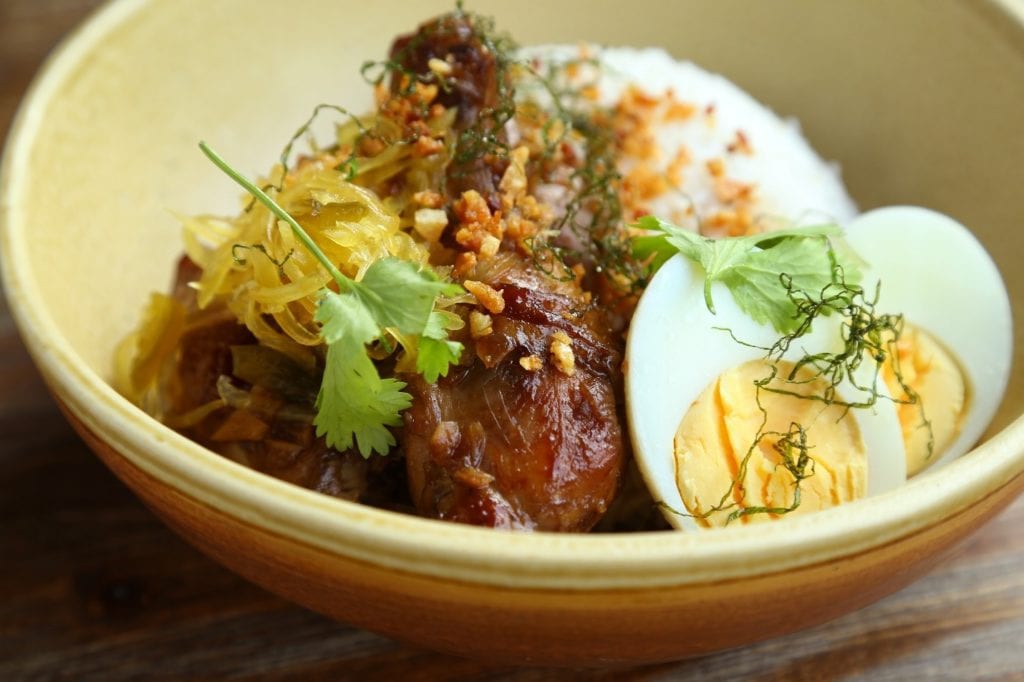USEFUL FILIPINO PHRASES THAT YOU’LL NEED ON YOUR PH VISIT

Foreign travelers specially English-speaking ones have an advantage when visiting the Philippines since that is the country’s second language and majority of the local population understands it. Some may also notice some familiar or similar sounding words because of the Spanish and English influence from the past. Nevertheless, the Filipino language is rich and here are some that you might need on your visit to the Philippines. You can surprise the locals with your local language prowess with these words/phrases.
Magandang Araw
This is the basic Filipino greeting that translates to “Good day”. It also has variations depending on the time of the day. If it’s early in the morning you say “Magandang umaga!” (good morning), and for the afternoon “Magandang hapon.” (good afternoon). You can also use “Magandang gabi” during the evening.
Kumusta ka?

Borrowed from the Spanish phrase “Cómo estás?” it literally translates to How are you? or How are you doing? As part of your introduction it usually follows the greeting Magandang umaga/hapon/gabi.
Ano ang pangalan mo?
When trying to ask for someone’s name this is what you can say. It translates to What is your name.
Ako si ______
If you are introducing yourself, you can use this phrase. It is “My name is ______” in English
Maligayang bati!
This phrase is used to give well wishes to someone. It also has the same meaning with Maligayang kaarawan or Happy Birthday.
Anong oras an?
You’re phone battery could have died or you don’t have a watch at the moment and you’re trying to know what time it is? You can approach someone with a watch and use this phrase to ask for the time.
Salamat/Salamat po!

This is something you will be using most of the time. This means “thank you” and if you are given thanks you say,
Walang anuman
which means “You’re welcome” or “No problem” in Filipino
Magkano?

Malls usually have tag prices in their products but if you go to local stores or souvenir shops, you might be inclined to ask for the price of items and so you say “Magkano po ito?” while pointing at the item. It means “How much is this?” You can also haggle for a discount by saying “Tawad?” or “Bawas?” it means,”Is there any discount?” or “Reduce the price”.
Bayad po
Going around the area without a private vehicle may require you to commute and this is what you say while handing over your fare.

Also, if you are in the market, after haggling for the price if you did, this is said while giving your payment for the product/service.
Para po
This is another phrase you can use when commuting. It means stop here. You can usually use this on buses, jeeps and tricycles but make sure to alight in valid spots or you might get caught by the authorities.
Masarap/Ang sarap

This is a Filipino adjective that means “delicious” or “yummy”. It is used to describe pagkain (food).
Ano ito?
Ano means what in English. If you are asking for something that you are holding or pointing to right in front of you, say “Ano ito?” (What is this?) and for something that is far, say “Ano iyon? ” (What is that?)
Sandali lang/Saglit
The phrase means “Hold on/Wait” This is used when you are asking for someone to have patience or hold on a little bit longer.

Paumanhin/Pasensya an
If you have inconvenienced someone, like saying something a bit out of line or making someone wait a long time, this is what you say. It’s like saying sorry or apologizing for the trouble caused.
Paalam/Sa muling pagkikita
This means “Good bye/Until we meet again.” It is usually used when you’re leaving the premises, the place you are staying at or even when leaving the country. You say it to the locals you may have met and bonded with.
Ingat ka
“Take care!” in English. Usually said right after “Paalam”. If this is told to a group of people, you can say “Ingat kayo”
Numbers and counting

If you are trying to use numbers on quantifying something that you bought or want to buy, look below:
One = Isa
Two = Dalawa
Three = Tatlo
Four = Apat
Five = Lima
Six = Anim
Seven = Pito
Eight = Walo
Nine = Siyam
Ten = Sampu
Do note that locals also use the Spanish version, that is, Uno, Dos, Tres, and so on. You can also use this when counting your change.
Kaliwa at Kanan
This is usually used when conversing about directions: Kaliwa = Left and Kanan = Right
Oo at Hindi
Oo is to affirm or say “Yes” and Hindi is to disagree or say “No”
Po at Opo
This is basically added to make your statement more formal or show respect. Rather than just saying “oo”, you can use “opo” to make it more polite. You can add it to some of the above if not yet stated like:
“Magandang umaga po”
“Ano po ito?”
“Anong oras na po?”
There are more you can learn, especially from the locals and they would gladly help you out on the translations. You can learn the basics of the language in no time.


